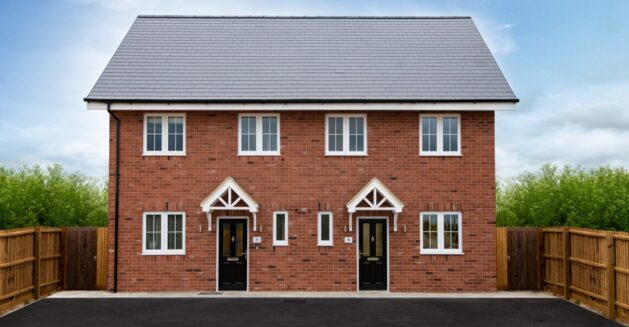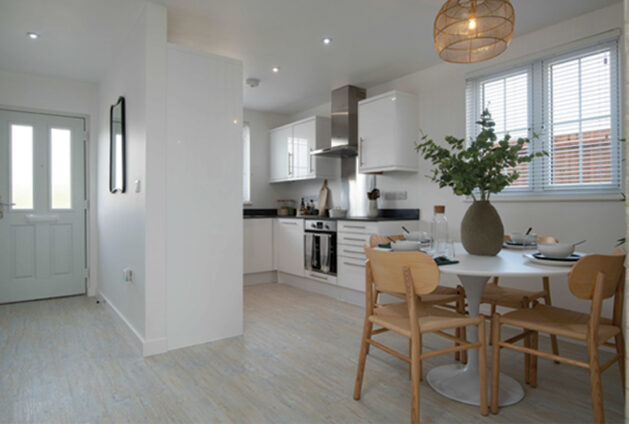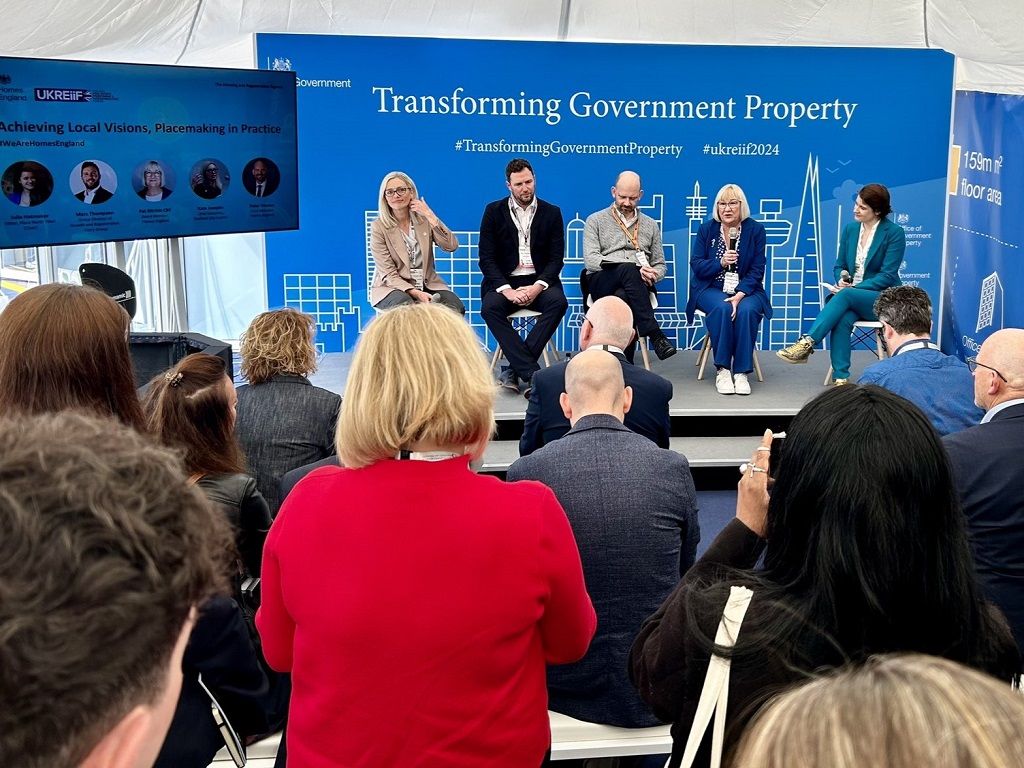Commentary
COMMENT | Net zero homes crucial to building back better
Modular homes are essential to increasing the quantity and quality of new homes, and to reaching carbon targets, writes Mark Davis of Public Sector Plc.
Covid-19 has shone a light on some of Britain’s biggest challenges: the housing crisis and the climate crisis.
For millions of people in the North West, the experience of lockdown has highlighted the problems caused by living in Britain’s old, cold, draughty housing stock. We must build back better than this.
And while global carbon dioxide emissions fell by 17% during the April lockdown, they quickly recovered to previous levels. At the same time, regions around the world such as California and Siberia recorded their worst year for forest fires, with millions of acres of habitat lost. Globally, between 2030 and 2050, the World Health Organisation expects climate change to cause 250,000 additional deaths per year.
According to the UK Green Building Council, the built environment contributes 40% of the UK’s total carbon footprint.
Concrete is the second most used substance on the planet after water and is responsible for 8% of global carbon emissions. If concrete were a country, it would be the third largest emitter of carbon after the US and China, releasing 2.8bn tonnes of carbon every year. Globally the cement industry pumps out more carbon every two years than all the carbon produced by plastic manufacturing over the past 60 years.

Net zero modular houses can help solve two of the UK’s biggest challenges in one go – the housing crisis and the climate crisis
Current construction methods contribute significantly to carbon emissions during the construction process – and then again during occupation, as traditionally built homes require more energy to heat. We must build back better than this.
And we have the political will in the North West to do so. The Mayors for Greater Manchester and the Liverpool City Region, Andy Burnham and Steve Rotheram, were at the forefront of the movement to ‘build back better’ from Covid-19, officially launching their campaign in May.
We also have the political will at national level too. In 2019, the UK became the first major economy in the world to pass laws to end its contribution to global warming by 2050 and bring all greenhouse gas emissions to net zero.
While climate change is a global challenge, the solutions to this problem are local. As of October this year, almost three-quarters of the UK’s principal authorities – county, unitary, metropolitan, borough, district – have declared a climate emergency – making it one of the fastest growing political movements of all time.
Some local authorities have gone further than this and declared dates by which they will become zero carbon. Others like Greater Manchester Combined Authority have pledged to make all new buildings net zero carbon by 2028.
The adoption of off-site construction is crucial if we are going to help our councils and national government to reach our targets to reduce carbon emissions.
Modular construction is also essential if we are going to meet the target to build 300,000 new homes a year in England.
Robert Jenrick, Secretary of State for Housing, Communities & Local Government, made it clear in October that this Government will not cut its target to build 300,000 homes a year.
Furthermore, this Government has urged that modular will be integral to meeting this target. In September, Homes England announced that any deals signed with housing associations as part of its new £11.5bn Affordable Housing Programme must commit to modern methods of construction to build at least 25% of their pipeline.

Modular methods can produce quality housing stock at a rate that makes housing targets far more achievable
Britain’s housing crisis is an industrial scale problem and as such it requires a scalable manufacturing solution where new homes are built in factories rather than the current predominant batch production model.
Councils have a key role to play in this. Having built more than 100,000 new homes per year up until the late 1970s, over the past decade local authorities have averaged only 1,500 homes a year.
By taking the lead on housing development, councils can lead the charge on building back better by bringing forward much-needed housing more quickly. They can control the speed, type, quality and tenure mix of developments and potentially retain ownership of their land assets if they hold the housing stock for the long term.
Carbon neutral homes also enable families to save hundreds of pounds a year on energy bills. Creating a new generation of zero carbon homes creates win-wins for local authorities, taxpayers, local residents and the environment.
Public Sector Plc has partnerships with councils across England leading to an investment of more than £374m in new construction projects, including the development of more than 2,300 new homes.
We have partnered with NetZero Buildings to develop a net zero carbon housing offer designed for our council and housing association partners. This autumn despite the challenges of Covid-19, we started on site with our first zero carbon family housing development in Kent. Now we are working to deliver zero-carbon affordable housing developments to benefit residents in the North West in partnerships with housing associations and councils.
As one of the pioneers of the ‘build back better’ movement the Mayor of Greater Manchester, Andy Burnham, has said: “There is a need to reimagine town centres being residential centres, rather than retail centres. I can see a new future for our proud outlying towns that is one of modern, possibly modular, affordable housing more closely connected to public transport, and with excellent digital infrastructure.”
 Let’s harness our collective experience of Covid-19 and work together to make sure that it happens.
Let’s harness our collective experience of Covid-19 and work together to make sure that it happens.
- Mark Davis is acting head of partnerships at Public Sector Plc. Contact Mark at mark.davis@publicsectorplc.com





The rate at which modular homes are delivered is more or less driven by the same factors that drive the same traditionally built homes: it’s financially driven based on market values, market demand and the cost of land rather than how long it takes to build. Any efficiencies in programme will likely be absorbed by the developer or landowner.
By Mod man